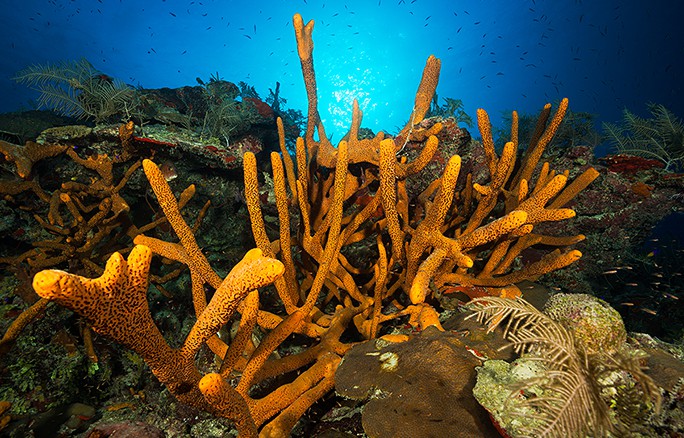
The Jardines de la Reina National Park (PNJR), located to the south of the provinces of Camagüey and Ciego de Ávila, remains as a safeguard for valuable species of flora and fauna in marine ecosystems, circumstances that favor its status as an aspirant to the category of World Natural Heritage of the United Nations Educational, Scientific and Cultural Organization.
Today, regarding the celebration of the National Day of Protected Areas, Daylon Fundora Caballero, head of the Department of Natural Resources of the Sub-delegation of the Environment in the territory of Ciego de Ávila, highlighted the efforts to safeguard the seven conservation objects defined in the place: mangrove forests, coral reefs, goliaths and other large groupers, species of interest for sport fishing, sharks and rays, sea turtles and the American crocodile.
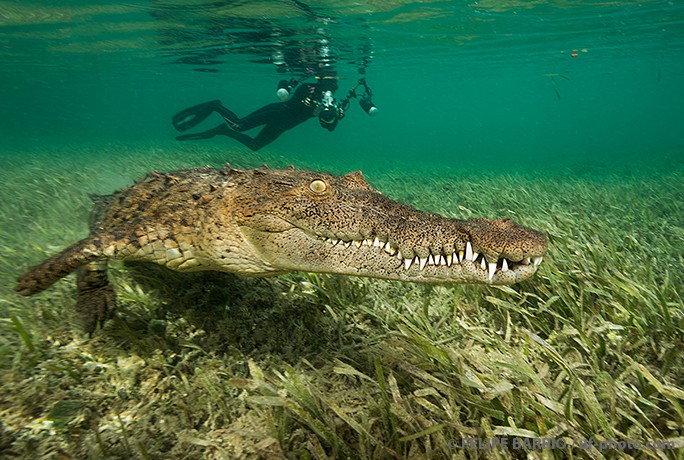
The prioritized ecosystem —he explained to the Cuban News Agency— stands out for having the most conserved reef crests in the insular Caribbean region, in addition to constituting the third in the world with the highest density and variety of sharks, included among the more than 280 species of fish identified in the area.
The birdlife is also notable, with more than 120 registered species, mostly aquatic, such as sarapicos, seagulls, pelicans, herons and ducks, with facilities to adapt to these small keys and with little vegetation, which are part of the migratory corridor of the North Atlantic.
Fundora Caballero alluded that scientific activity represents a guarantee and is linked, in an essential way, to the work carried out by the Coastal Ecosystem Research Center for the management and conservation of reefs, sea grasses and varieties of fish such as rays and sharks.
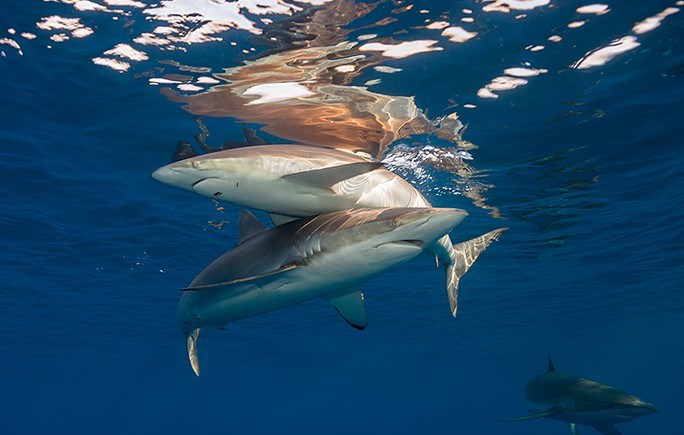
He also recognized the work of technicians from the Provincial Company for the Protection of Flora and Fauna, who undertake the investigations in the terrestrial part, especially in the nesting spaces of crocodiles and green, hawksbill and loggerhead turtles, registered as the ones that most visit the Caribbean region.
In correspondence with the classification of the protected area —he said— actions aimed at conserving flora and fauna are a priority, although controlled fishing is exercised —of established species, in specific areas and certain times of the year—, mainly linked to nature tourism , in the fly capture modality, which uses a rod and artificial lure called a fly.
The so-called leisure industry has in the PNJR a space with multiple attractions for contemplative diving, a practice that is executed and controlled through the Marina Marlin Azulmar, whose workers are jealous guardians of the natural values of the area, because they understand the relationship of interdependence between tourism and environment.
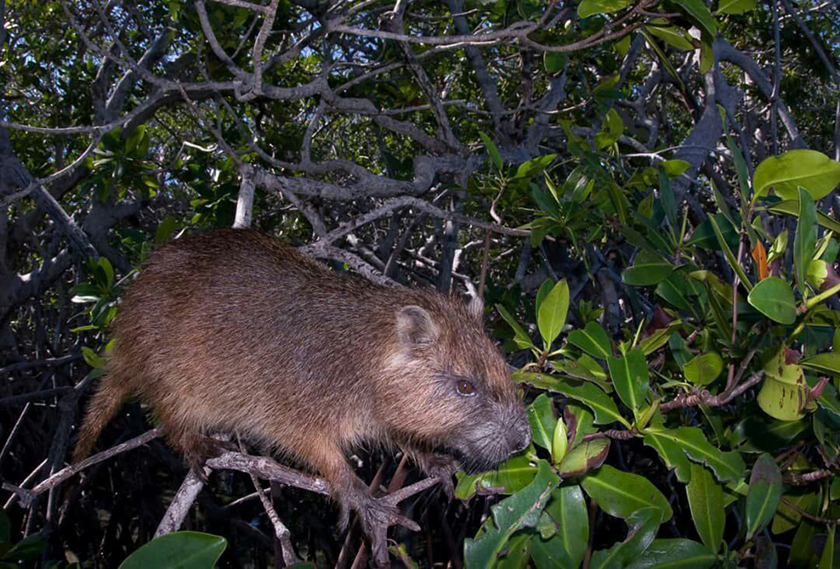
In April 2022, upon receiving the Blue Park Award trophy, in the Gold category, the PNJR was confirmed as the 21st oceanic protected area in the world and the only one in Cuba to obtain that award, conferred by the Institute of Marine Conservation of the United States.
• Read the information International prize awarded to Jardines de la Reina
Lance E. Morgan and Sarah O. Hameed, president and director of the aforementioned North American organization, respectively, expressed their satisfaction in honoring the long-standing commitment to safeguard marine wildlife.

The existence and effectiveness of a scientific model for the management and care of this ecosystem was recognized, in addition to the protection of critical habitats, in order to promote resilience to climate change and protect the marine environment, notified the Territorial Delegation of the Ministry of Science, Technology and Environment (CITMA) in Ciego de Ávila.
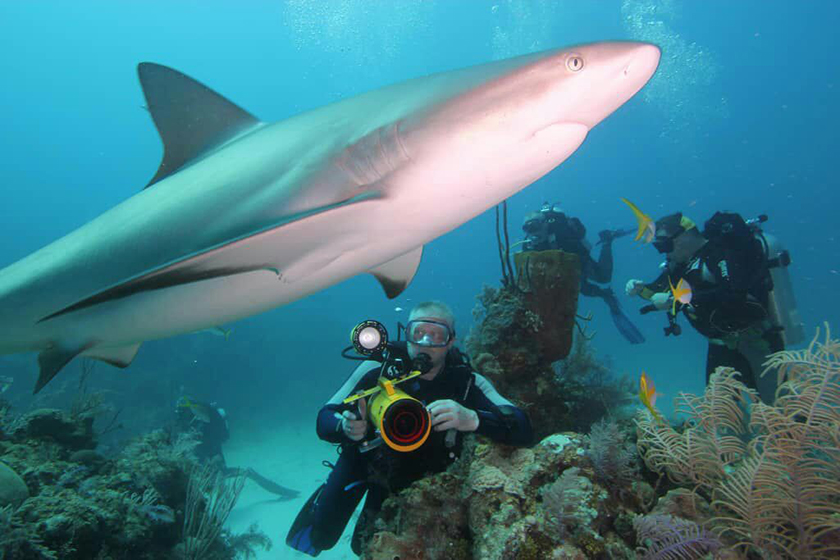
In addition to the PNJR, in Ciego de Avila there are five other protected areas with administration (the Central and Western Ecological Reserve of Cayo Coco, the Outstanding Natural Element Dunas de Playa Pilar, and the fauna refuges of Sierra San Judas de Cunagua, El Venero and Cayos de Ana María), all run by the Provincial Company for the Protection of Flora and Fauna.
According to the EcuRed encyclopedia, the National System of Protected Areas (SNAP) is made up of the most important natural spaces (terrestrial and marine), which number 263 exist or are proposed.
It is governed by the CITMA National Center for Protected Areas, through the SNAP Coordinating Board, made up of the main entities that work directly in these biodiversity reservoirs.
